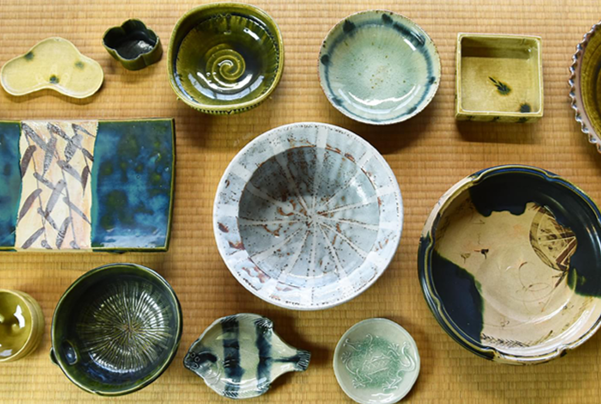News
2023.03.23
Columns
Seto Ware: The Development of Pottery, Which Became the Origin of the Word ”Setomono”
The word “seto-mono”, which is used as a general term for pottery, is derived from Seto ware.
Seto ware is a type of porcelain produced in Seto City, Aichi Prefecture. Its history began in the latter half of the Heian period, and has continued to develop over the past 1,000 years.
In this column, I will explain the characteristics and history of Seto ware.

Photo credit by MARUKO NAKASHIMA Co., Ltd.
Table of Contents
1. Features: A wide variety of products
2. History: 1000 years of progress
3. Material: High-quality clay from the Seto Group
4. Technique: Seto Sometsuke
5. Conclusion
Features: A wide variety of products
When you think of pottery, you may imagine tableware such as bowls, plates, teapots and clay pots, vases, pots, and ornaments. However, Seto ware also includes novelties such as dolls and figurines, faucet parts, washbasins, doorknobs, artificial teeth, mobile phone electronic substrates and automobile parts made from fine ceramics, a new material. There are pottery production areas all over the country, but only Seto produces such a wide variety of products. For this reason, it is said that “there is nothing that cannot be made in Seto.”
History: 1000 years of progress
Today, Seto ware is closely related to our daily lives and is famous all over the world, but during its 1,000-year history, there was a time when it was on the verge of decline. Let’s take a brief look at the history of Seto ware from its birth to the present.
◇ Late 10th century (Heian period)
Ash-glazed pottery began to be produced in kilns that descended from Sanage kilns that had been in operation since the Kofun period.
◇Late 11th century
Yamachawan began to be made without glaze.
◇Late 12th century (Kamakura-Muromachi period)
Kato Shirozaemon Kagemasa, who studied pottery techniques in China for 6 years, began to make pottery using glaze (Koseto) again. After that, it will be distributed nationwide for about 300 years.
◇18th century (Edo period)
As Arita ware in Kyushu grew rapidly, Seto ware began to decline.
◇19th century (Edo period)
In 1804, Kato Tamikichi underwent 3 years of training in Arita, the production area of Arita ware, and brought back his skills to Seto. After that, in addition to the conventional pottery, the production of sometsuke porcelain flourished, and it regained its vitality.
◇20th century (Meiji era)
Exhibited at World Expositions held in Europe and the United States and received high acclaim. Many are exported overseas. The influx of Western technology led to the creation of new ceramics. With the introduction of machines such as potter’s wheel and transcription, a system for mass production was established. In addition to tableware and ornaments, the production of sanitary ware, physics and chemistry supplies, and seto-novelty goods has also increased, reaching its peak.
Materials: High-quality clay found in the Seto Group
The high-quality soil of Seto ware is behind the flourishing export of Seto ware during the Meiji period.
Seto ware is made using Kibushi clay, Gaerome clay, and silica sand collected from the Seto Group. Among them, Kibushi clay from Seto boasts top-class quality in the world.
Pottery is made from several types of clay, and porcelain is made from a mixture of clay and stone. Seto is able to produce a wide variety of high-quality pottery because of the abundance of high-quality raw materials.
Technique: Seto Dyeing
In addition, there is a technique called “Seto Sometsuke” that is unique to Seto.
The technique of painting using cobalt pigments imported from the West during the Meiji period is called “Seto Sometsuke”. The contrast between the white of the porcelain base and the blue painted with cobalt pigment is beautiful, and the finish is full of luxury.
Conclusion
“Setomono” made from high-quality soil and spread its name all over the world. Novelty items that are popular around the world for their beauty and sophistication unique to Made in Japan, and fine ceramics made with advanced technology, will continue to attract attention as ceramics that support Japan’s export industry and our lives in the future.
Imoto Sangyo handles a wide variety of Japanese ceramics and pottery, including Seto ware.
For more information, please see the “Goods & Cases” page.
Category
Archive

